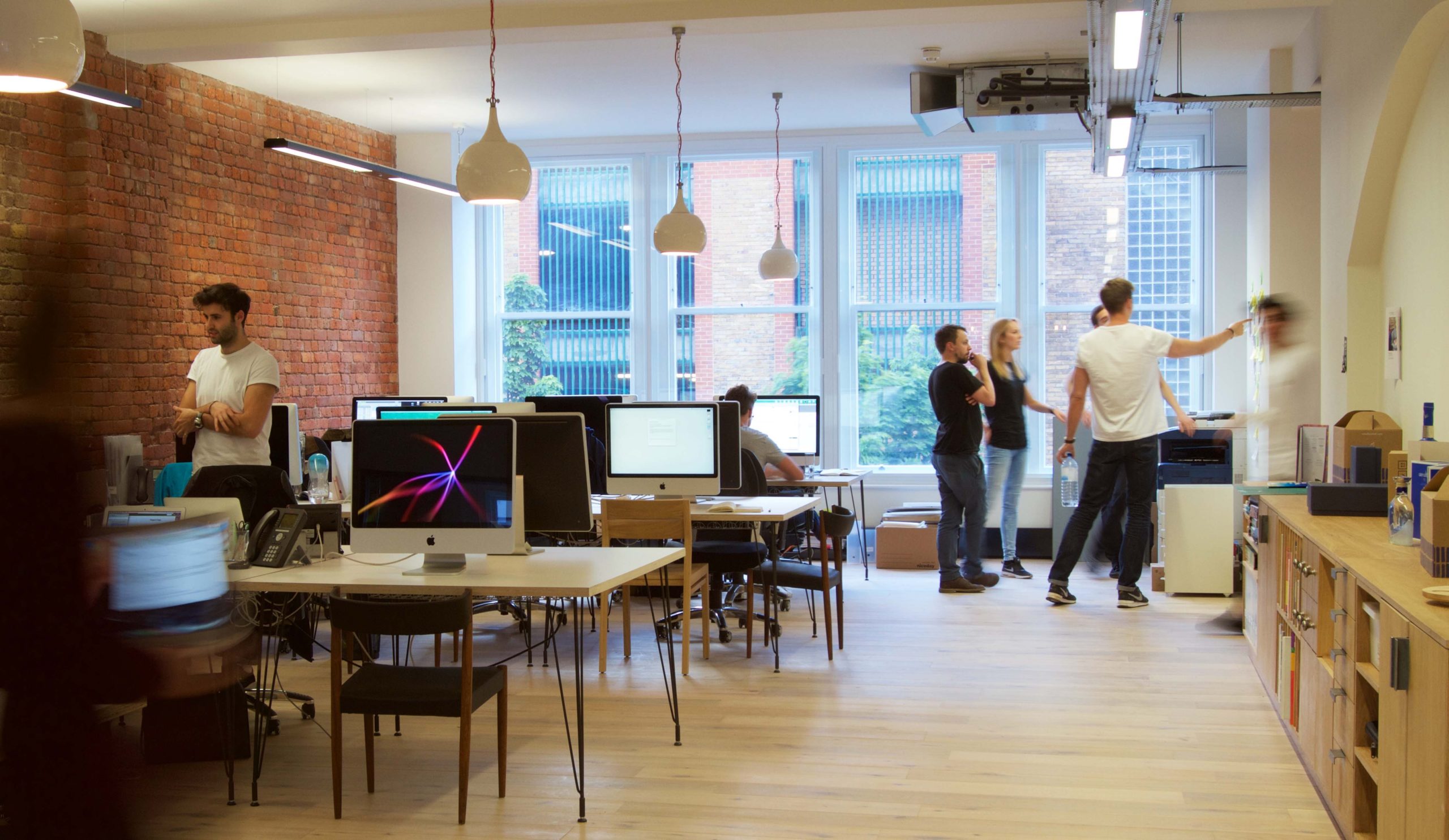Entrepreneurship has been building momentum for some years now. Everywhere we go, we get confronted with entrepreneurial activities, news and startup founders themselves. One of the biggest outcomes of all this buzz, is the creation of organizations supporting entrepreneurial minds in their effort for creating a sustainable business. Forget working for a big corporation. Building your own business from scratch, that’s what’s hot nowadays.
Traditional Entrepreneurship VS Social Entrepreneurship
We’ve all heard of business owners like Richard Branson or Bill Gates, supporting social causes with the wealth they gathered through their exceptional entrepreneurial skills. Participating in charity events and donating to social causes has been around for years. So no big surprise, that social entrepreneurship was the next most logical step for entrepreneurs to dive into. The biggest difference between traditional entrepreneurship and social entrepreneurship lays in the fact that a social entrepreneur’s main focus is to build solutions for social, environmental or cultural problems.
Just like traditional entrepreneurs, they start with identifying a problem. Something that’s missing, where people would benefit from if this problem could be fixed. Entrepreneurs with the purpose to merely gain profits out of building a solution, like selling a car, so people are able to drive anywhere they want. They are providing their customers with a solution to their transportation problems, but aren’t reaching a higher social purpose. Also, their profits are usually used to invest in personal enrichments. Where in social entrepreneurship, the profits generated, are being reinvested in improving the service or product.
Social Entrepreneurship Aims For Socially Beneficial Purposes
MyS4S (My Support For Seniors) is a great example of a social business. Founder Justine Raczkowski, participated in a Social Entrepreneurship MOOC in 2014, provided by Copenhagen Business School. Justine had the idea to start MyS4S after observing the struggles seniors had with IT, participating in the online world, and realizing how little practical help was available for them. She perceived that seniors without IT skills were at risk of ‘digital exclusion’ as more and more services moved online. These factors combined, increased the importance of getting seniors online, and helping them overcome the ‘pain point’ that IT had become.
Helping seniors into digital inclusion is one part of Justine’s social purpose. At the same time, she wanted to provide IT students with part-time employment opportunities, giving them hands-on experience they could use for applying for a job once graduated. She also wanted to provide employment opportunities for those aged 50+, a frequently neglected sector of the employment market. So she developed a service model that connects the ‘junior’ with the ‘senior’ to deliver the in-home aspect of the service. By designing the service this way, she addresses social exclusion of seniors as well providing employment opportunities for those sectors of the labor market in need of support.
We can conclude that social entrepreneurship has the purpose to transform societies at large. To reach that goal, social entrepreneurs are using a variety of resources to bring societies in a better state of well-being.
Social Entrepreneurship Lies Within Most People
There’s a fine line between social and traditional entrepreneurs nowadays. Traditional businesses tend to dedicate a significant amount of their resources towards social responsibilities. They invest in social missions, start co-operatives,… and in general, improve the personal well-being of their employees. All of these makes it hard to decypher social entrepreneurs amongst the wide spectrum of entrepreneurs in general.
By being dissimilar in the big community of entrepreneurs, social innovators have a distinct advantage. Building a solution with non-traditional strategies, is what makes an entrepreneur stand out of the crowd.
The social movement is one of the greatest things happening at this very moment. People are now more than ever connected to each other. Not just by conversating on social media, but actually connecting on a higher level.
Become part of the conversation. Attend events to get in touch with like-minded people. Share your voice and build remarkable things together. We are more than ever empowered to express ourselves. The opportunities to create, to become part of this global conversation and transformation are now bigger than you can ever imagine. You can create the life you truly desire, everything that you need is out there.
So the choice is totally up to you. Will you be a creator or a consumer?
What do you think?
Advertisement







